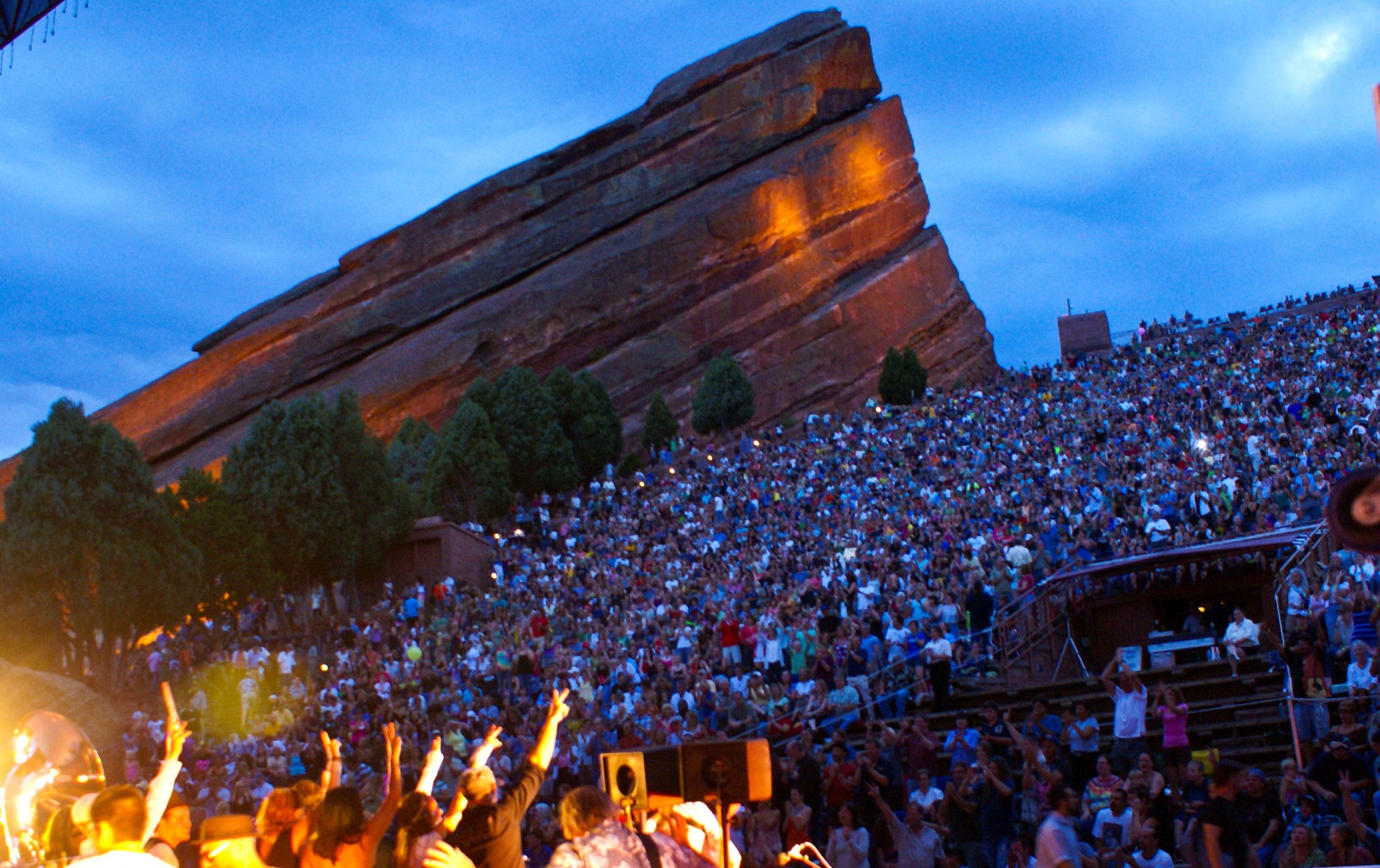By Henry McDonald, The Guardian | When they were in their prime, these places saw it all: the Who smashing their guitars on stage; the debut of a 16-year-old Amy Winehouse; the arrival of 60s rhythm and blues, 70s punk, 80s pop and 90s rock.
But some of the venues that helped launch musical careers from Status Quo to the Sex Pistols are now far from the spotlight, languishing in corners of London as laundrettes, fried chicken joints and even police stations.
Now, in an attempt to save their placein the capital’s cultural history, a music promoter turned photographer has documented 150 landmarks of the capital’s jazz, blues, rock, folk, punk and indie history.
Paul Talling’s new photographic essay includes dozens of pubs and bars where the likes of Ritchie Blackmore’s Deep Purple and Siouxsie and the Banshees first tuned up their guitars.
Talling, 52, became involved in London’s musical scene in the 1980s, and at the end of that decade organised the Manic Street Preachers’ first concert in the capital.
“I offered £30 petrol money to get them from Wales to London so they could play in ’89 at the Opera On the Green at Shepherd’s Bush. They were so honest they only asked for £20 because that was all they needed to get there in their van. That was their first London gig, so they told me, and I just had to put that in this book,” Talling said.
Talling, who also runs rock and pop walking tours around London, said he has noticed over the last two decades how many of the famous music pubs, bars and clubs have been taken over by fast-food chains, housing associations and even evangelical Christian churches.
It took him three years of tramping across the city to rediscover, research and shoot all of the old venues, many of which were in danger of being erased from rock’n’roll history.
“It’s not all doom and gloom,” he said. “Some of the old places are still going strong, like the Half Moon in Putney or the 100 Club in Oxford Street, with new bands as well as old ones playing there. But it was vital to capture the places where some of the biggest and even smallest acts from the postwar era onwards first took to the stage or had some of their most famous moments.”
> > > > > > > > >
Yet within a year, the punk bubble in the capital appeared to have burst, and the Roxy closed, to the anguish of fans who squatted in the building in protest at its closure. The venue was eventually shut and gutted. Today it is the location of a Speedo sportswear shop.
> > > > > > > > >
Read the whole article here – lots more history!
https://www.theguardian.com/artanddesign/2020/may/31/tracing-the-lost-london-venues-that-helped-launch-amy-winehouse-hendrix-and-punk

